1.4 Nanoparticles 🧴
1/9
Name | Mastery | Learn | Test | Matching | Spaced |
|---|
No study sessions yet.
10 Terms
Nanoparticle
structure that is 1-100nm in size, only few hundred atoms
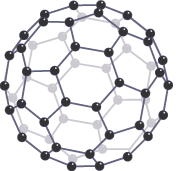
1nm =
10-9 m

Properties of nanoparticles
different to bulk material as they have high surface area to volume ratios
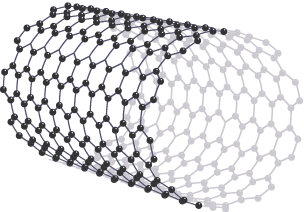
Surface area to volume ratio
measurement of how surface area of a shape compares to its volume
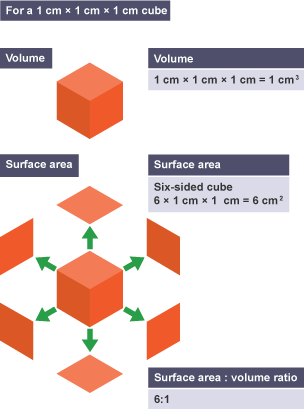
If the side of a cube decreases by factor of 10
surface area to volume ratio increases by factor of 10
Smaller particles
have larger surface area to volume ratios
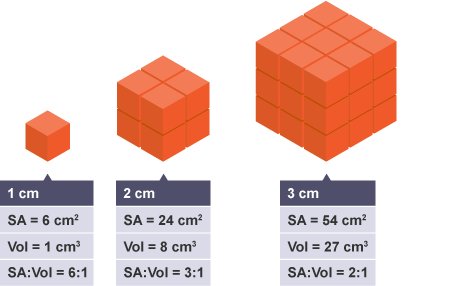
Uses of nanoparticles
Catalysts, in electronics, sunscreens
Advantages of nanoparticles in sunscreen
provide better skin coverage
give more effective protection from UV
colourless once rubbed in to skin
do not break down on exposure to sun
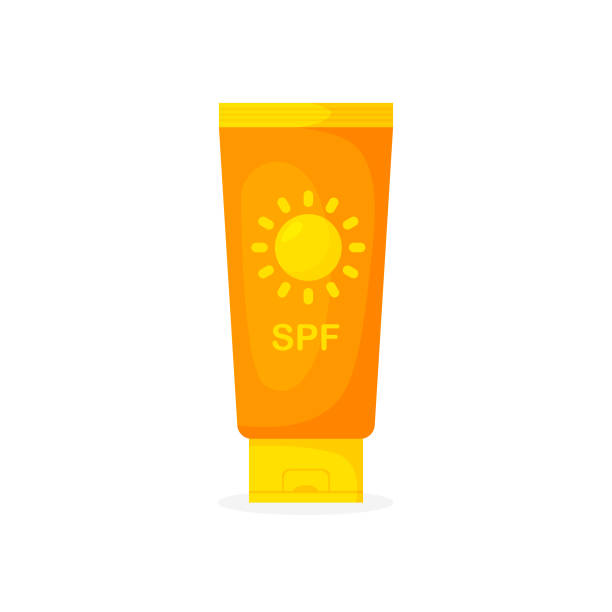
Disadvantages of nanoparticles in sunscreen
breathing them in may cause lung inflammation and they could enter the bloodstream
may enter body and cause cell damage
could wash off skin and damage the environment
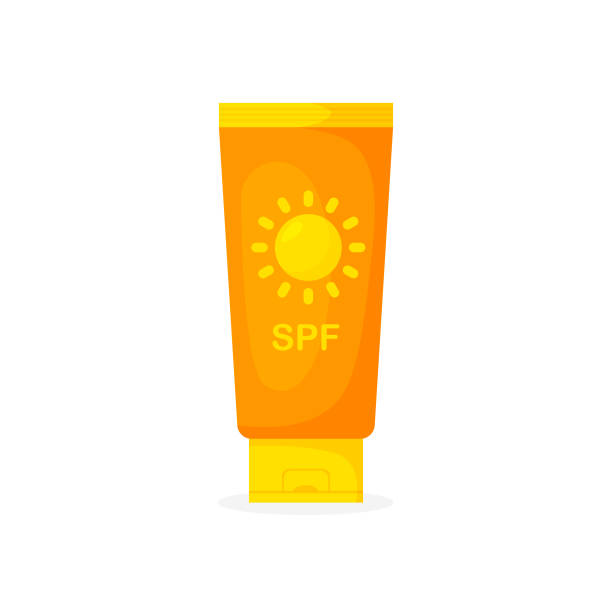
Risks are difficult to determine as
they have not been used for very long